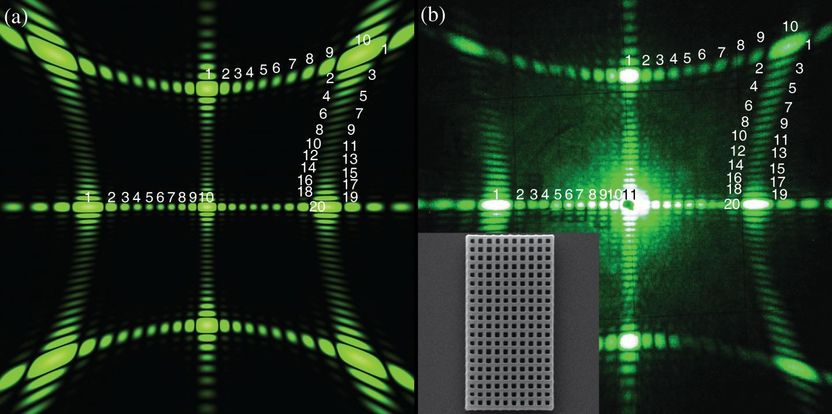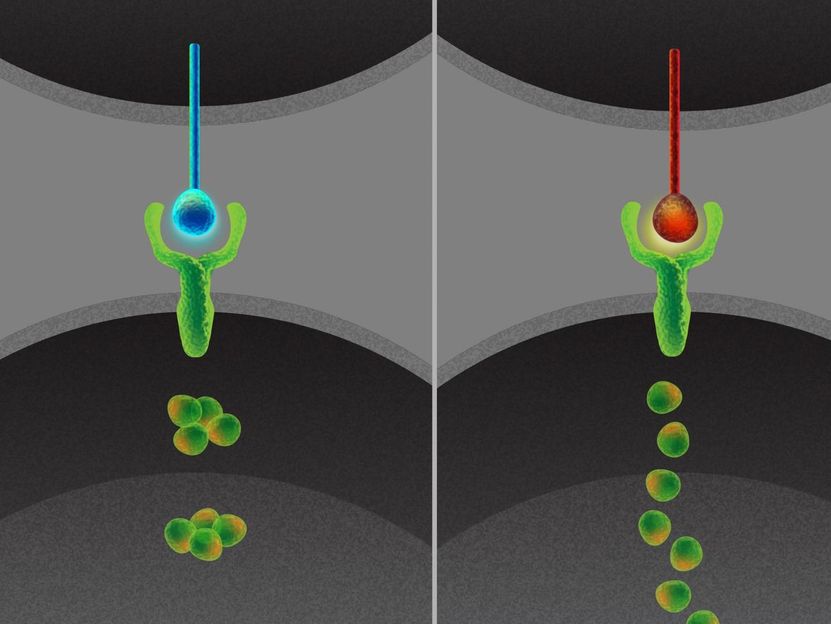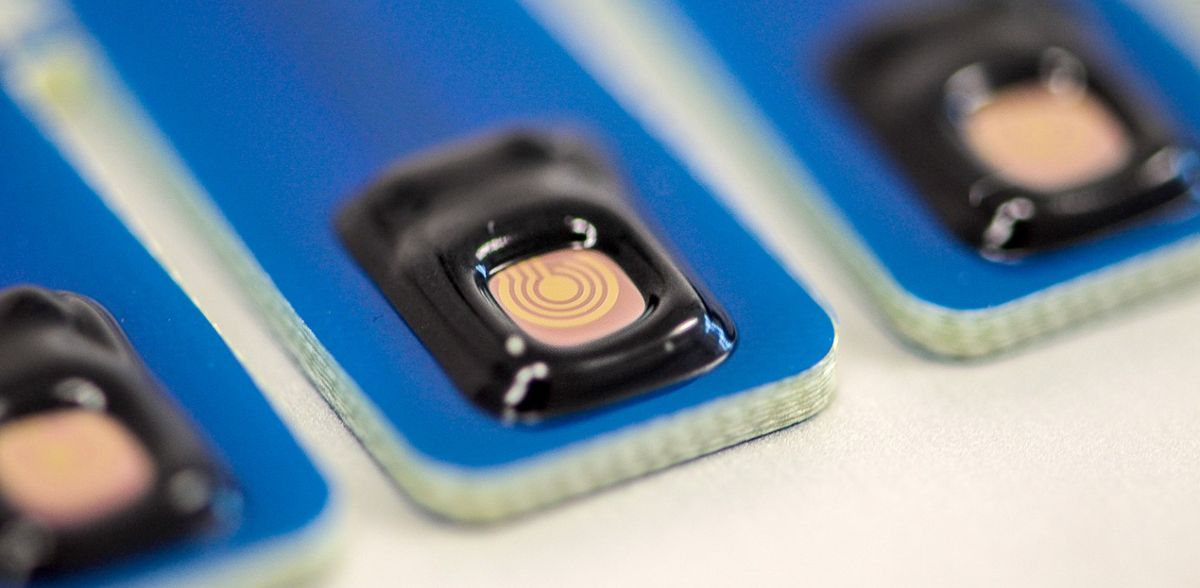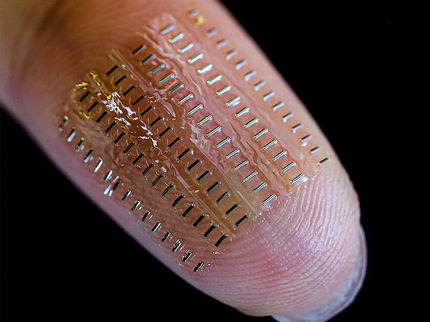Fraunhofer IPMS develops new multi-sensor system for water analysis
New standards in the assessment of water quality
With groundbreaking developments in the field of chemical sensor technology, the Fraunhofer Institute for Photonic Microsystems IPMS is setting new standards in the assessment of water quality for humans and the environment. In addition to key parameters such as conductivity and pH, nutrients such as nitrate, phosphate and potassium will also play an important role as key ions in the future. Their evaluation is particularly important in environmental analysis, agriculture and water management.
In the Chemical Sensors and Systems business unit, the Fraunhofer IPMS research team has been working intensively on the development of state-of-the-art ion-sensitive field-effect transistors (ISFET) and capacitive conductivity sensors that can be seamlessly integrated into environmental measurement systems. Innovative control electronics have now been developed for the successful and efficient use of the sensors, enabling extremely flexible and energy-efficient use of these sensors.
The outstanding properties of the pH sensors from Fraunhofer IPMS are particularly noteworthy, as Dr. Olaf Hild, Head of the Chemical Sensor Technology Business Unit at the institute, reports: "The low drift of less than 20 µV/h, the wide addressable pH range from pH 1 to pH 13 as well as the extremely small hysteresis and low light sensitivity make our pH sensors unique. Added to this is their impressive mechanical stability." In addition, the conductivity sensors with a measuring range from 10 µS/cm to 100 mS/cm offer versatile application possibilities for environmental analysis. The sensors can also be adapted to customer-specific requirements, both sensory and electrical.
These pioneering technologies from Fraunhofer IPMS help to significantly increase the efficiency and precision of environmental analysis and open up new possibilities for individual applications in various industries.
The developed electronics, together with the ISFETs and the conductivity sensors, will be presented at the "analytica" trade fair from April 9 to 12 in Munich. Interested users will have the opportunity to examine the performance and discuss specific requirements for their individual purposes at the Fraunhofer IPMS stand A3.407.
Physical principles of the ISFET from Fraunhofer IPMS
The capacitive conductivity sensor developed by Fraunhofer IPMS uses a metallic 4-electrode arrangement coated with a chemically and mechanically robust metal oxide. This design ensures that the measuring medium only contacts the oxide and not the electrode metal, preventing the release or contamination of metal ions during measurement. The sensors have a cell constant of 0.8 to 1.1 cm-1 and can be used at a measuring frequency in the range of 100 Hz to 1 MHz.
The novel ISFET from Fraunhofer IPMS is based on metal-oxide-semiconductor (MOS) field-effect transistor technology, whereby the sensor area in contact with the medium consists of an amphoteric metal oxide layer. This pH-sensitive layer reversibly adsorbs hydronium or hydroxide ions from the measuring medium based on the pH value. The voltage (VGS) measured between the source electrode and the gate or reference electrode (Ag/AgCl in 3M KCl) is then used as the measurement signal.
Some of the research results were achieved in the "REISen" project, a project in the field of materials science, which was co-financed from tax funds on the basis of the budget approved by the Saxon State Parliament.
Most read news
Topics
Organizations
Other news from the department science

Get the analytics and lab tech industry in your inbox
By submitting this form you agree that LUMITOS AG will send you the newsletter(s) selected above by email. Your data will not be passed on to third parties. Your data will be stored and processed in accordance with our data protection regulations. LUMITOS may contact you by email for the purpose of advertising or market and opinion surveys. You can revoke your consent at any time without giving reasons to LUMITOS AG, Ernst-Augustin-Str. 2, 12489 Berlin, Germany or by e-mail at revoke@lumitos.com with effect for the future. In addition, each email contains a link to unsubscribe from the corresponding newsletter.
Most read news
More news from our other portals
Last viewed contents

Scientists count microscopic particles without microscope

F-SEARCH | Polymer databases | Frontier Laboratories
Agilent Technologies to present novel methods for sensing nanoscale binding events with atomic force microscope

Fast Analysis of Waste Water While Eliminating Typical Matrix Interferences Using ICP-OES -























































